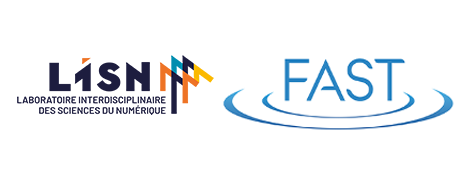
Suspensions of motile living organisms represent a non equilibrium system of condensed matter of great interest on a fundamental point of view as well as for industrial applications. These are suspensions composed of self-driven units -active particles- able to convert stored energy into movement. Interactions between active particles and the liquid they are swimming in give rise to mechanical stresses and large scale collective motion that have recently attracted a lot of interest in physics and mechanics communities. From the industrial point of view, microalgae are used in many applications ranging from the food industry to the development of new generations of biofuels. The biggest challenges concerning all this applications are the separation, filtration and concentration processes of microalgae. There is thus a real need of a better understanding of the flow of active matter to achieve a optimal control of these systems.
I’ll present our recent work on microswimmer suspensions: rheological properties of active suspensions as well as the « microscopic » characteristics of the random walk of the green microalga Chlamydomonas Reinhardtii. We have recently shown that hydrodynamics of a microalgae suspension coupled with phototaxis* leads to a spontaneous concentration of the suspension toward the center of the channel. Experiments as well as simulations will be presented.
*Biased movement that occurs when an organism moves in response to the stimulus of light.